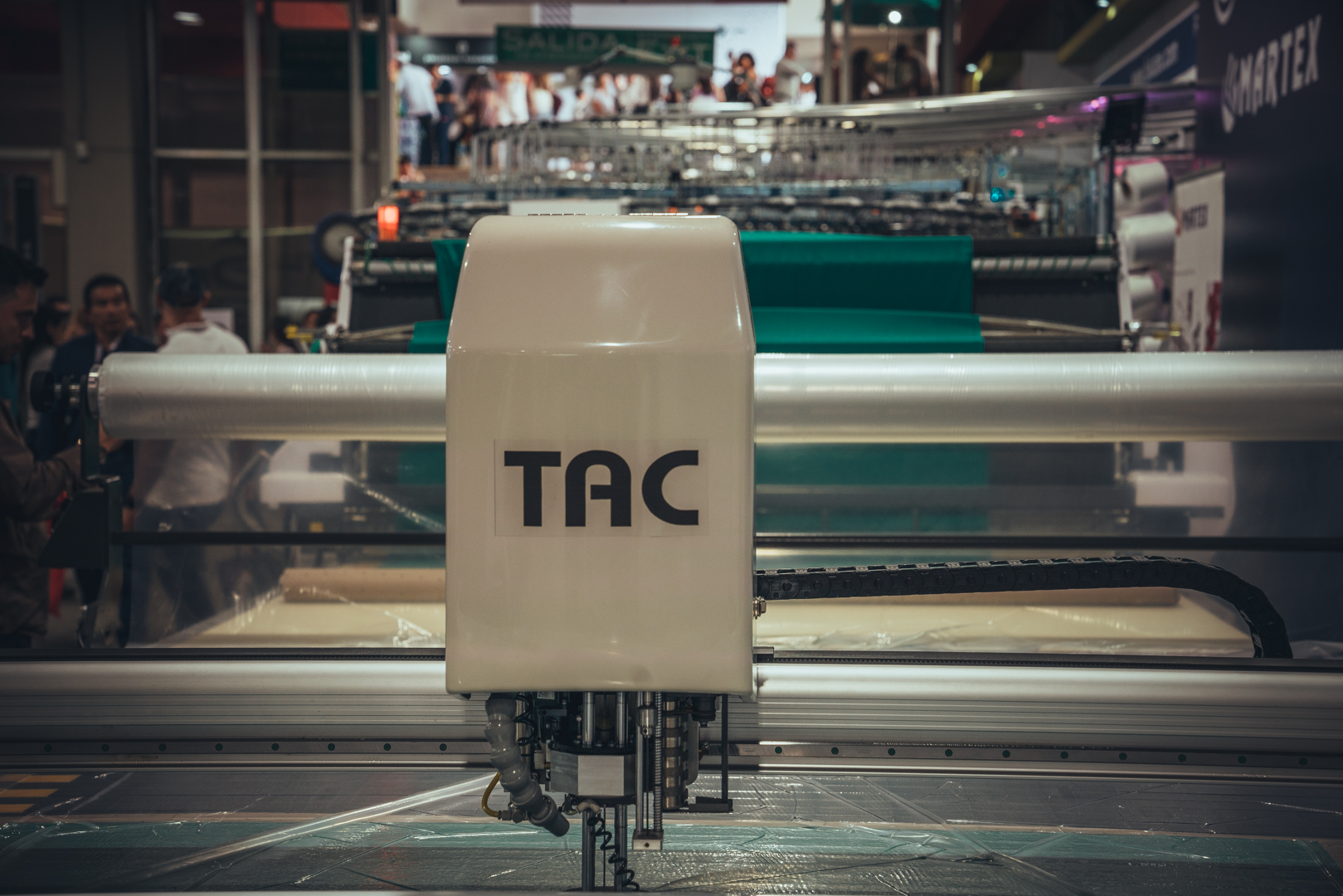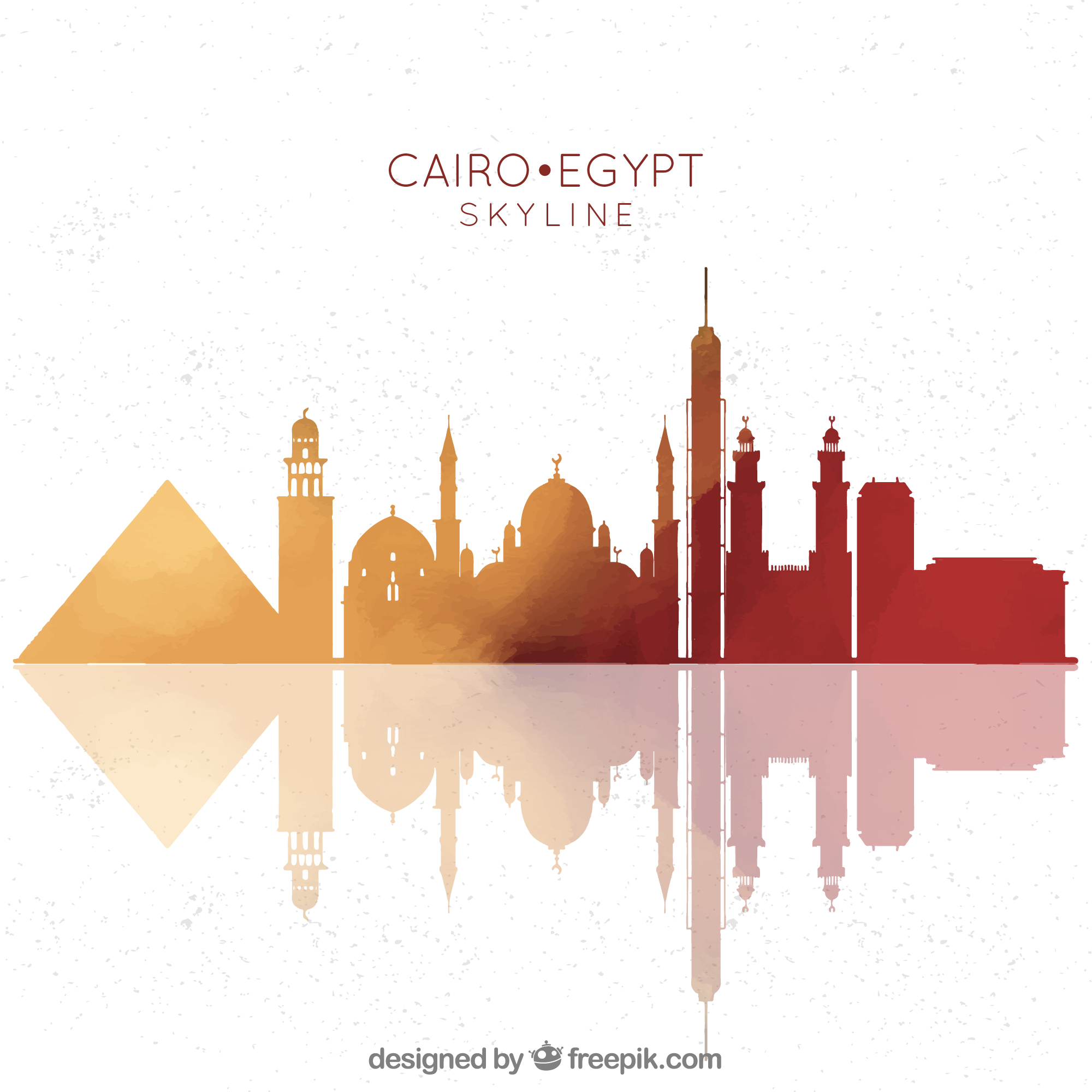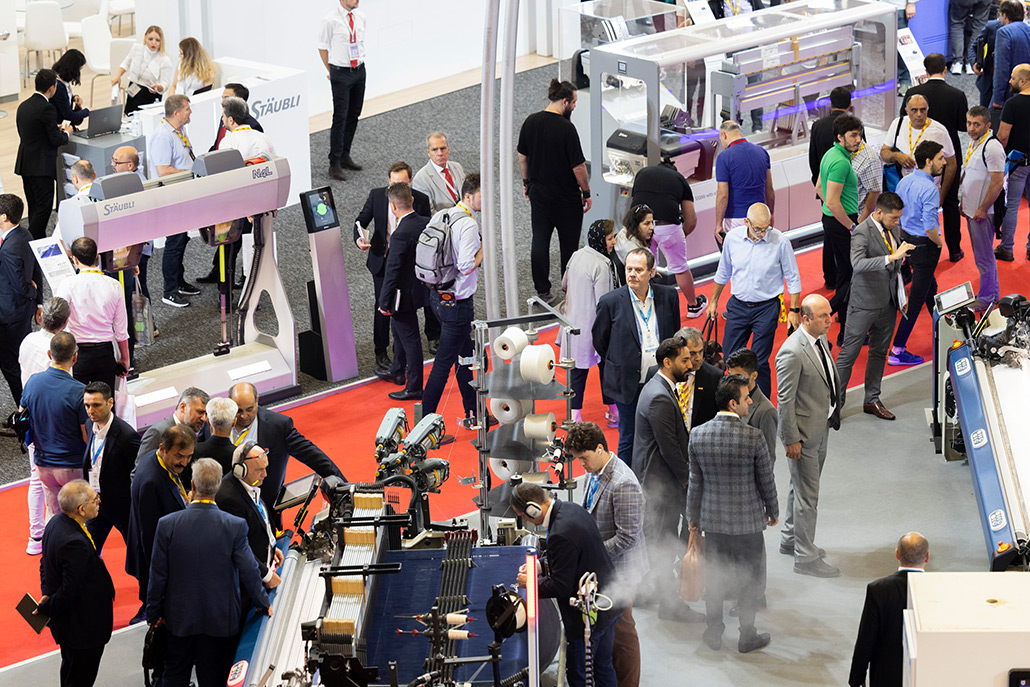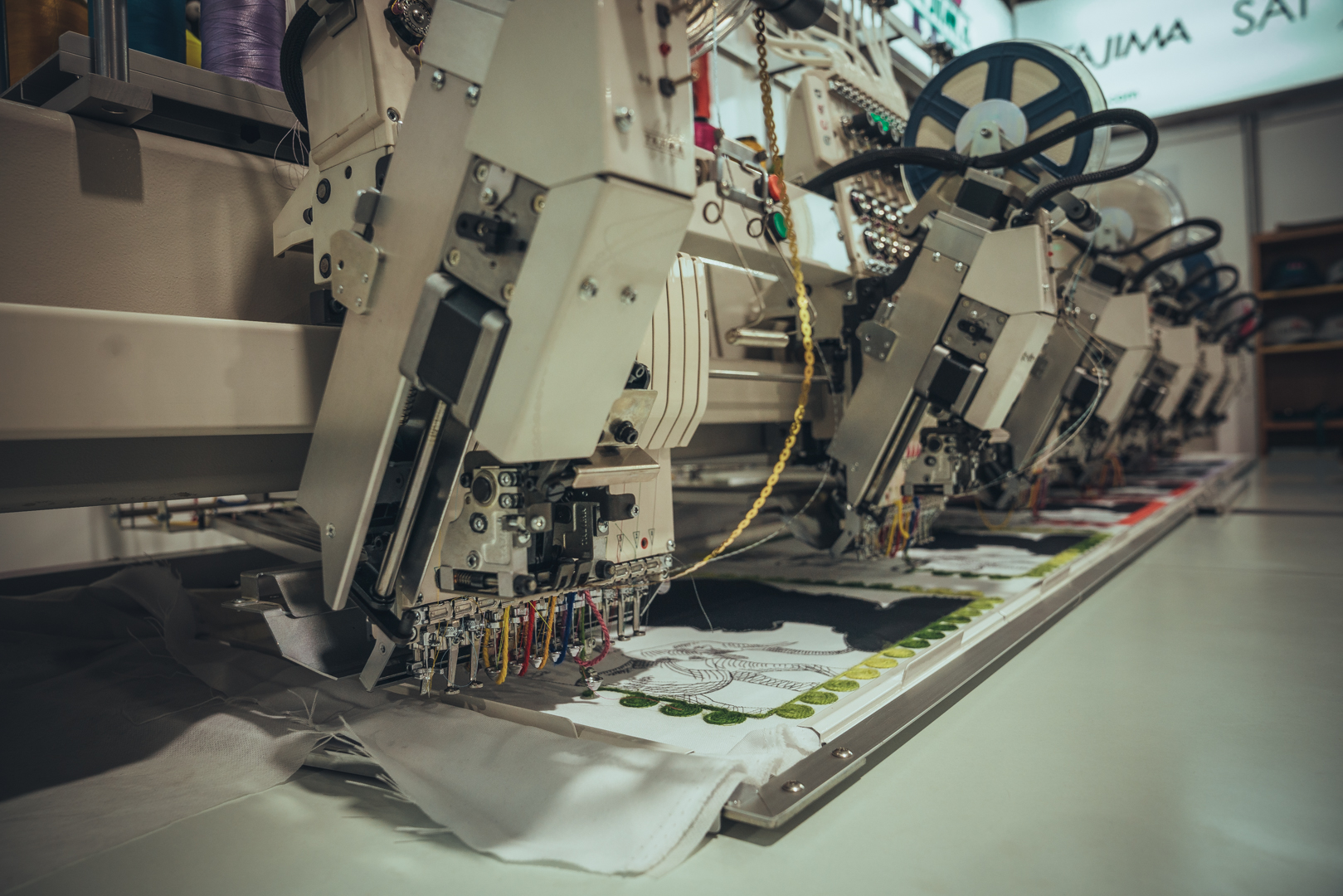

As a textile-producing nation, Egypt boasts a significant textile industry, and its economy experiences annual growth in international trade. Textile products stand as one of the largest import items. Cairo's Machitex offers an excellent platform for market entry, allowing participants to capitalize on all these opportunities. Buyer representatives and professional attendees primarily consist of textile factory owners and decision-makers.
Market Analysis:
When Egypt is mentioned, most people's first impression is of world-famous ancient monuments like the pyramids, attracting visitors from all over the globe. Besides this, Egypt possesses vast territories and an advantageous geographical position, providing a strong foundation for its trade market. It stands as one of the more industrialized countries in Africa, following Nigeria and South Africa in comprehensive strength and ranking as the third-largest economy in Africa, with a population of approximately 100 million and a GDP of around 250 billion US dollars. Egypt, although located in Africa, has shown rapid economic development and technological advancements, positioning itself even on a global scale. Its major economic sectors include home building materials, automotive parts, medical, agricultural foodstuffs, textiles, chemicals, mechanical engineering, among others.
Advantages:
1. Large domestic market capacity with a highly concentrated consumer population: Egypt boasts a population of 100 million, with 99% residing in a few major cities that cover only 4% of the country's land area. As the macroeconomy continues to improve, the domestic purchasing power is progressively strengthening. The relatively concentrated and single-market distribution is conducive to targeted customer and market development.
Main market distributions: Old city Mosig wholesale market (primarily wholesale of daily and fast-moving consumer goods), Jumhuriya Street (mainly wholesale of hardware tools and electrical products), Ataba electrical wholesale market (mainly wholesale of electronic products).
2. Strategic geographical location closely tied to international market networks: Products manufactured in Egypt can be easily exported to surrounding African, Middle Eastern, and European markets. Egypt has seven international shipping routes, with the Suez Canal being a major source of Egypt's economy, serving as a vital transportation artery connecting Europe and Asia. It carries nearly 80% of the total freight volume between Eurasian countries and nearly 15% of global trade shipping logistics, making it an indispensable route for trade between Europe and Asia.
3. Low labor costs allow for cost savings and increased profit margins: Egypt's local industrial structure complements China's diversified economic structure. Egypt has relatively well-established infrastructure, convenient transportation, and lower labor and transportation costs.
4. Great potential for economic development: The government has made substantial investments in improving living conditions by expanding infrastructure construction, establishing new cities like New Cairo, New Egypt, New Capital, Alamein International New City, among others.

Cairo Textile Machinery Fair will be held from 3-5 of October 2024, in Cairo International Convention Centre with the support of the Ministry of Trade & Industry, Ministry of Supply and Inter- nal Trade of Egypt, Textile Machinery and Accessories Industry Association from Turkey.
This platform allowed national and international companies from different sectors to show and promote their skills, innova- tions, meet partners and find international brands from several countries. Thus, “CairoTextile Machinery” contributed to the consolidation of the Egyptian expertise in this area.
The exhibition is going to take place concurrently with the Cairo Fashiontex exhibition, with the participation of more than 400 exhibitors so every visitor will pass through the textile Machi- nery Section. . In Egypt, the Textile Machinery sector is growing fast and many new technologies will be revealed at the fair, in turn every participants in the Textile Machinery section will get benefit from their participation.


Market Characteristics:
1. Single economic structure, weak industrial base, major reliance on imports, and tourism as a vital industry: Egypt, renowned for its ancient civilization, is one of the more developed countries in Africa. However, due to natural constraints, its economic structure is comparatively singular, with a relatively weak industrial foundation. Textile and food processing industries represent traditional industries, accounting for over half of the total industrial output. Daily necessities, kitchenware, building materials, and metal processing products have gradually matured and scaled up in the industrial chain.
2. Enormous market potential with strong economic complementarity to various regions of China:
Almost all North African countries have substantial demand for light industry, textiles, clothing, hardware, watches, bedding, home appliances, electronics, among other products, often relying on imports. These products are precisely the traditional export commodities from the eastern regions of China. Cost-effective goods are particularly suitable for meeting the needs of ordinary people in North Africa.
